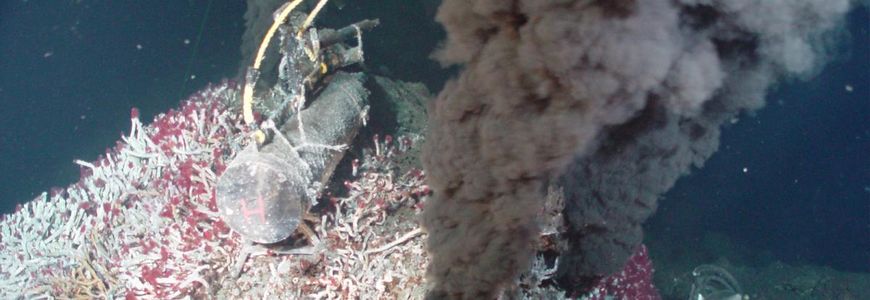"Shocking" News from Deep-Sea Hydrothermal Vents
Contemporary Science Issues and Innovations
July 10, 2012 at Belmont Media Center, Belmont MA
Peter Girguis, Ph.D., John J. Loeb Associate Professor of Natural Sciences, Harvard University
Deep-sea hydrothermal vents represent one of the most extreme areas of Earth's biosphere: extreme heat, pressure, toxicity, darkness. What kinds of organisms have adapted to such an environment and how do they manage to thrive? The efforts to find out have changed the scientific view of the necessary conditions for life.
<img style="float:left; margin-right: 1em;"src="/images/lecture/Lectures_Presenters/girguis_132x140.jpg"/> Professor Peter Girguis describes the unexpected and unique biodiversity at the hydrothermal vents. He focuses especially on the microbes in this environment that are able to metabolize using a process called extracellular electron transfer (EET). This remarkable system is not only instructive about extreme adaptations; it has potential practical applications.
In addition to his discussion of the adaptations of hydrothermal organisms, Dr. Girguis talks about the challenges of exploring the deep-sea hydrothermal vents, both with manned and robotic submersibles. And he also describes a project that invites the participation of citizen scientists.
The Girguis LaboratoryExtracellular Electron Transfer EET
Background Information:

